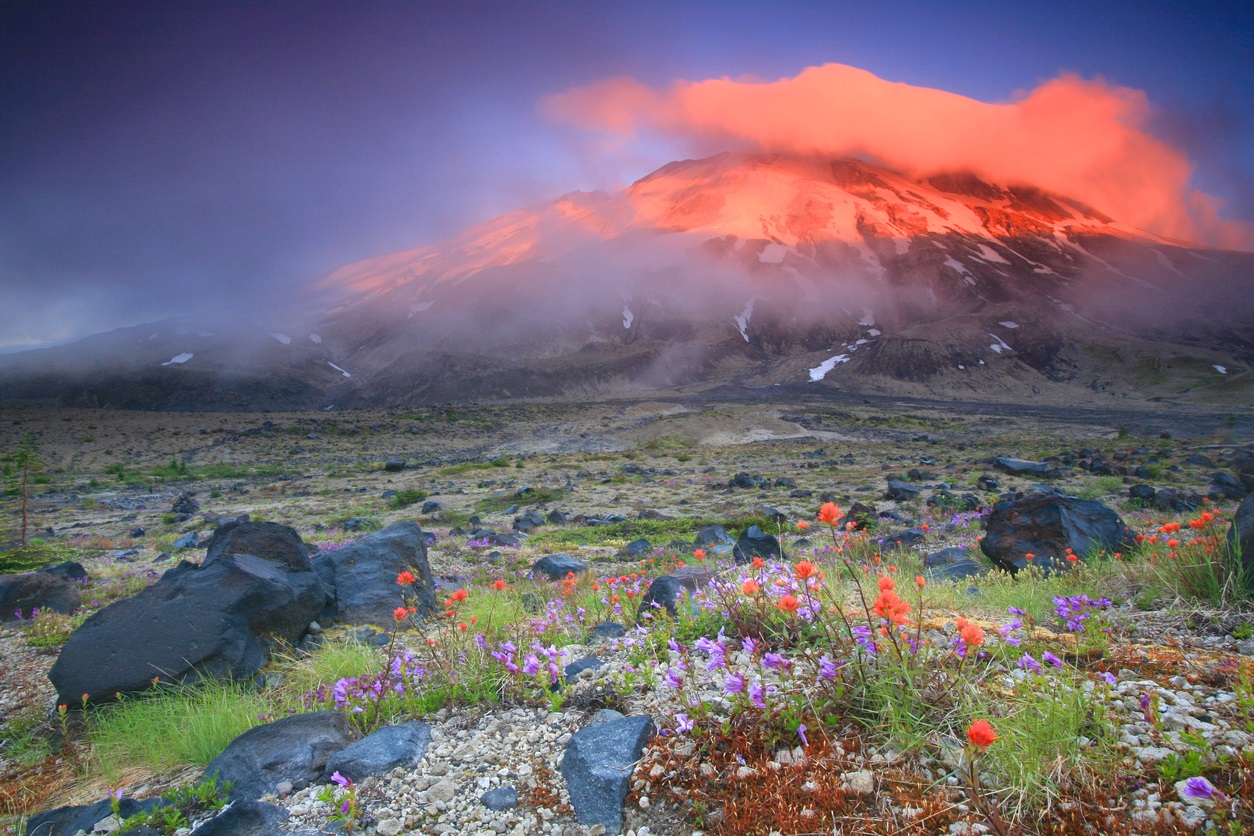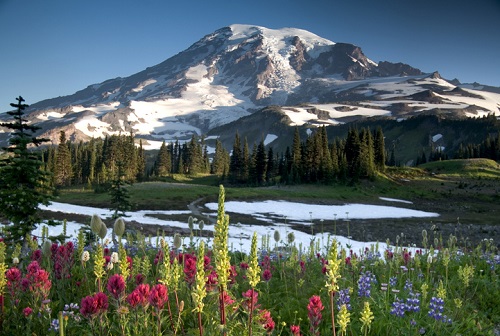10 National Parks to Visit During the Summer
Warmer weather, longer hours of sunshine, warmer water, and blue skies all contribute to making summer a fine time to travel to almost anywhere. With countless options, Winetraveler narrowed down its selection of national parks to add to your summer bucket list.
You can view current flight deals here and hotel options here for any of the destinations we mention below.
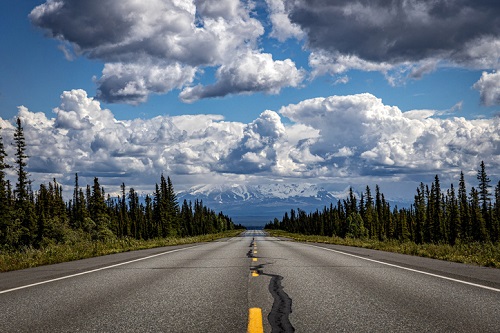
Denali National Park, Alaska
Denali National Park in Alaska spans 6 million acres of unsettled wilderness. Denali is the home to abundant roaming wildlife, and of course, Mount Denali (formerly Mount McKinley), North America’s tallest mountain peaking at 20,310 ft. Summer offers pleasant weather, long days of sunlight, wildflowers in June and July, along with increased chances to see wildlife. Many lodges reopen for the summer starting in June.
The park, created in 1917, was initially created to protect wildlife and was later expanded three-fold in 1980. Wildlife you may encounter include moose, grizzly bears, black bears, caribou, and Dall’s sheep, along with varied types of birds. To stay aligned with wilderness conservation, there aren’t many marked trails, but this permits “trail-less wilderness” hiking and backpacking.
Taking a bus ride through the park offers a great opportunity to observe wildlife because a trained driver navigates the journey and the elevated seating provides better viewing. It is not uncommon to see grizzly bears galloping down mountains and even crossing the road. Your chances of spotting a grizzly bear are actually quite high. According to Alaska 101, you have a 95% chance of viewing a bear, but only a 25-30% chance of seeing Mount Denali since it is often shrouded in clouds.
RELATED: 10 Epic National Parks to Visit During Winter
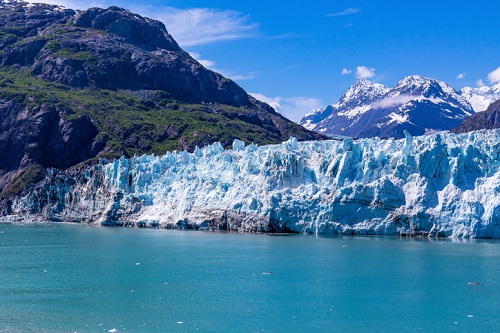
Glacier Bay National Park, Alaska
Feel the power and majesty of Glacier Bay National Park in southeast Alaska with a visit to this remote wilderness sanctuary. For the same reasons a visit to Denali in the summer is excellent, so is it here. As described by the NPS, this park spans “3.3 million acres of rugged mountains, dynamic glaciers, temperate rainforest, wild coastlines, and deep sheltered fjords, Glacier Bay is a highlight of Alaska’s Inside Passage and part of a 25-million acre World Heritage Site—one of the world’s largest international protected areas.” The views are captivating. The glaciers, rivers of ice, flow right into the sea. Most travelers to Glacier Bay arrive via cruise ship as part of a longer trip. Kayaking, rafting, mountaineering, and backpacking are popular activities in this remote wilderness.
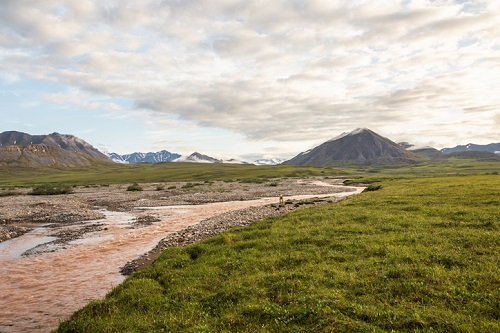
Gates of the Arctic, Alaska
Gates of the Arctic National Park is a premier wilderness encompassing 8.4 million acres with impressive mountains and wild rivers slicing through glacier valleys. The lack of roads and established trails contribute to the enchantment of the park. Explore the beauty of the park by paddling down one or more of the six designated Wild Rivers. This park is a backpacker’s paradise for experienced hikers capable of reading topographic maps. Guides and outfitters can be booked for the less experienced.
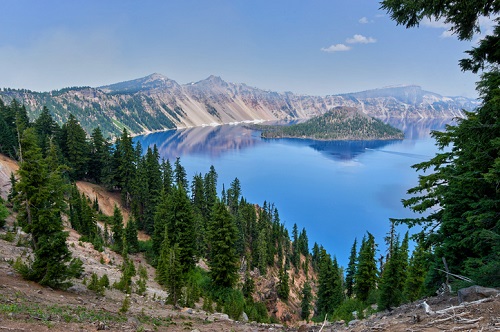
Crater Lake National Park, Oregon
With patches of snow common even in July, late summer is the perfect time to visit Crater Lake in Oregon. Crater Lake is a collapsed volcano that became the deepest lake in the United States. Centuries of rain and snow filled the basin with pristine waters. Crater Lake is characterized by majestic deep blue waters and sheer cliff walls. Breathe in the fresh mountain air and soak in the bedazzling views while hiking, fishing, and/or taking a boat ride to the island in the middle of the lake, Wizard Island.
Drive along the incredibly scenic 33-mile Rim Drive that circles the lake and admire the lake from every angle. Allot at least two hours to complete this drive to provide ample time to stop at many of the viewpoints. Due to heavy snowfall, note that many roads around the lake are closed for ~7 months each year from at least November 1 to mid-May to late June. At times, the road closures continue into July. Current conditions can be checked on the National Park’s website here, and a map of seasonal road closures here.
RELATED: Pacific Northwest Road Trip Itinerary: San Francisco to Seattle
Mount Rainier National Park, Washington
Mount Rainier, an iconic symbol of the Washington landscape, is an active volcano with a glaciated peak. Reaching a height of 14,410 ft., it is the highest mountain in the contiguous United States. Mount Rainier is optimal during July through August because of blooming wildflowers transforming the subalpine meadows and the weather is pleasant for hiking the numerous trails. There are miles and miles of maintained trails at Mount Rainier National Park to explore, and if you’re adventurous and plan ahead appropriately, you can even attempt to summit this dominating mountain.
Plan to visit the Paradise Visitor Center, famous for its seasonal meadows of wildflowers, and Reflection Lake. For truly phenomenal views of Mount Rainier, embark on the ~5.6-mile roundtrip Mount Fremont Lookout Trail. The trail is narrow at times and traverses around the rim of a mountain. Parts of the trail may still be blanketed entirely in snow, even in July. While you will be blessed with beautiful views throughout the hike, the view at the end is worth the effort.
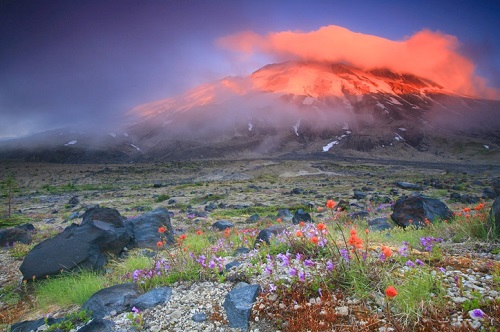
Mount Saint Helens National Volcanic Monument, Washington
Mount St. Helens National Volcanic Monument, while technically a national volcanic monument, has been included here as part of national parks to visit during the summer as it is a natural extension for those visiting Mount Rainier. These two active volcanoes that are part of the “ring of fire” are ~2 hours and 20 minutes apart. Mount St. Helens became a world-famous volcano after its deadly eruption in May 1980. Approaching Mount St. Helens and witnessing Mother Nature’s destructive powers is a humbling experience. Decades later, while life has returned, remnants caused by the eruption remain visible.
The Visitor Center has great resources to learn about the events leading up to the eruption, the eruption itself, and the aftermath. The displays include a timeline of the events leading up to the blast, a large model of the volcano, and a theater program. On a clear summer day, unobstructed views of the mountain surrounded by hills of colorful wildflowers await you. Hiking enthusiasts of all capabilities, from families with young children to experienced hikers, can all find perfect trails.
RELATED: 10 Great National Parks to Visit to See Fall Foliage
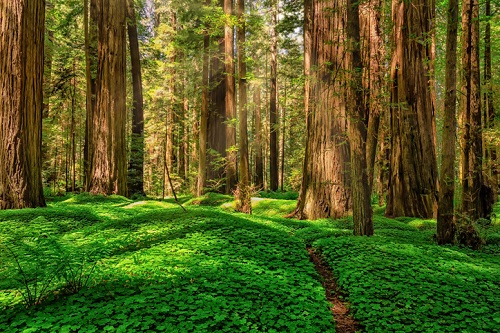
Redwood National Park, California
Drive along the famed and scenic 31-mile Avenue of the Giants through over 51,000 acres of awe-inspiring redwoods in the Humboldt Redwoods State Park and onwards to the Redwood National Park and State Parks. The magnificent soaring trees tower high above you as you gently curve along the winding roads through the thick forest. Be on the lookout for elk crossing the road. There are campgrounds, RV parks, and picnic areas. Outdoor activities include swimming, fishing, biking and hiking, and equestrian trails. Summer is a prime time to visit this park because of warm temperatures and low rainfall.
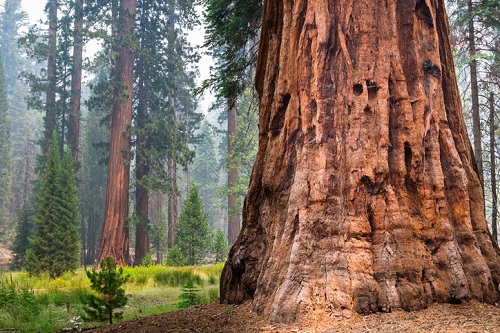
Sequoia & Kings Canyon National Parks, California
Sequoia & Kings Canyon National Parks, perhaps best known for being home to the world’s largest trees. It also contains sunny foothills, dramatic mountains, canyons, considerable elevation changes (from 1,370 ft. to 14,494 ft.), and caverns. These two national parks are adjacent and managed as one and are bordered by the Sequoia and Sierra National Forests. Hike around sequoias at the Giant Forest, and through a glaciated valley around cliffs and waterfalls at Cedar Grove. Drive-up a winding road to 7,800 ft. to access Mineral King and explore trails through pine forests, around lakes and views of mountainous landscapes.
Summer is a prime time to visit to maximize your experience here. Freezing temperatures are common at the higher elevations and there are road closures in the cooler months. While hot temperatures will dominate when hiking in the lower elevations, such as in the foothills or at Cedar Grove, the conditions tend to be dry.
RELATED: 10 National Parks to Visit During the Spring Season
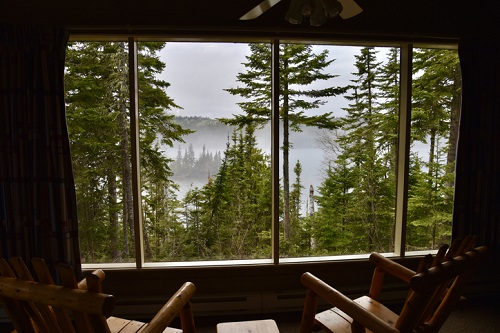
Isle Royale National Park, Michigan
Pursue adventure on an isolated island in Lake Superior at Isle Royale National Park. Hiking, kayaking, fishing, boating, and scuba diving are some fun activities to keep all Winetravelers engaged. A highlight of this park is the world below the surface. The consistently cold water of Isle Royale helps preserve a variety of sunken vessels to be explored by experienced scuba divers. Drysuits are recommended. Whether you’re only making a day trip or an overnight trip, you can peruse hiking trails and available ferries or seaplanes here. Due to extreme winter weather, this park is only open from mid-April through the end of October.
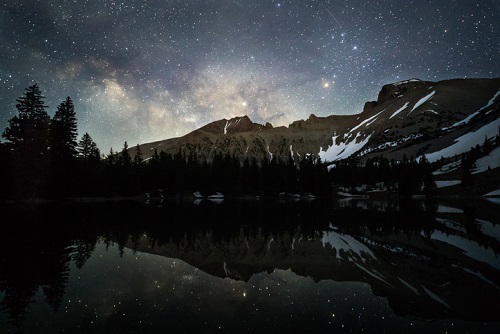
Great Basin National Park, Nevada
At Great Basin National Park, the towering Wheeler Peak at over 13,000 ft. above sea level is contrasted by the underworld experiences of Lehman Caves. Hiking opportunities can be found everywhere, whether they be to the summit of Wheeler Peak, to Lexington Arch, trails around lakes or through a juniper forest, and/or bristlecone pine trails. At night, the park comes to life. Great Basin has been designated an International Dark Sky Park, in part, for having some of the darkest night skies in the US. The combination of being at a high elevation along with having low humidity and minimal light pollution creates a distinguishable nighttime experience. In the summer, join a “dark-ranger” for a full moon hike.
Did you know? You can plan or book a trip to these national parks on the Winetraveler App.
More National Park Travel Inspiration and Itineraries
How To Spend 4 Days in Zion National Park (Utah)
Winter Itinerary & Travel Guide: Big Sky, Jackson Hole & Yellowstone National Park
Midwest & Dakotas Road Trip Itinerary: Colorado, Wyoming, Nebraska, South and North Dakota
